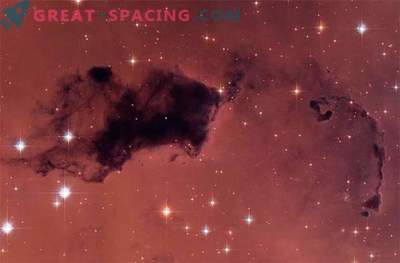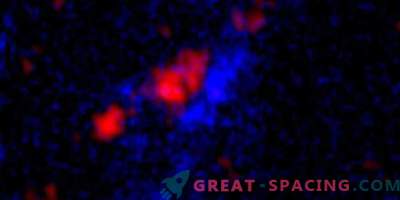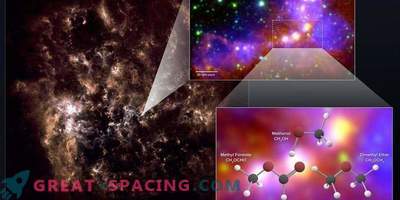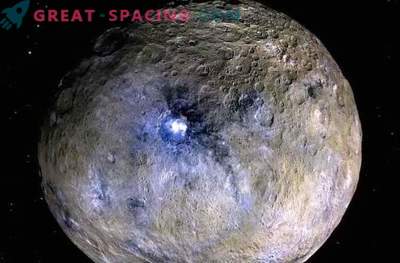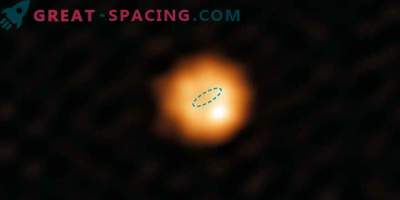
Recently, scientists have found a dwarf galaxy in the constellation Lynx, which can serve as an excellent example for understanding the chemistry of early space. The analysis shows that the level of oxygen in it is the lowest among all galaxies with stellar formation.
Researchers believe that the first galaxies were simple from a chemical point of view. They were mostly filled with hydrogen and helium released during the Big Bang. Oxygen appeared later when massive stars formed and activated synthesis reactions in their composition.
Early galaxies with low oxygen levels are not only distant, but also weak, so they are difficult to find. But there are dwarf galaxies with a small amount of oxygen nearby that are easier to find, and they also help to solve the problem. Unfortunately, such objects are extremely rare. But with their help one can understand how the Universe developed. The dwarf-type galaxy found came in the Sloan Digital Celestial Survey. Further study showed that in J0811 + 4730 9% less oxygen than in previously discovered galaxies.
Most of the stellar mass appeared only a few million years ago. It is also interesting because it contributes to explaining how space became ionized early stellar birth, and deciphers the transition from the Dark Ages to the modern state.
On a stellar mass of 30,000 times smaller than the Milky Way and 80% appeared over the past few million years.









